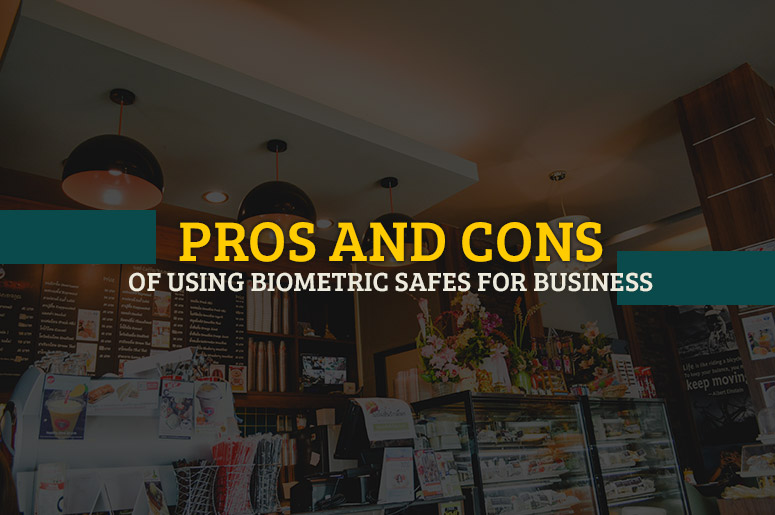Pros and Cons of Using Biometric Safes for Business
A growing number of large companies now use biometric verification technology in multiple areas of the business — in security doors, vaults, and more. However, you can also see this technology used in everyday machines such as in our cars and smartphones. But what about for safes? In terms of security, biometric safes are fast becoming a popular option, too.
In this guide, we share the common advantages and drawbacks of a biometric safe to help you plan out your purchase better.
Pros of biometric safes
It’s not surprising that the popularity of biometric safes is mainly due to the benefits enjoyed by users in both domestic and commercial settings. They are as follows:
Convenience
Keys can be lost and combinations can be forgotten; both may also fall into the wrong hands. With a biometric safe, you have the option of opening the safe with just your biometric data such as your fingerprint — something that you just can’t lose.
Some safes may also use a combination of different access technologies such as a key-lock mechanism plus a fingerprint scanner. It all depends on what’s more convenient for you.
Easy to program for multiple users
It’s easier and faster to allow multiple people to access the biometric safe than to create multiple keys. You can store as many as several dozen fingerprint IDs — enough for everyone in the office you want to grant access to the safe.
Can be more secure
During a burglary, criminals are more likely to open the safe by securing the combination or key. Biometric scanners offer more security since, obviously, they don’t require both.
But have in mind that most safes still have a fallback method to access contents, such as a combination keypad. So you’ll need to be extra careful not to leave the fallback combination lying around to enjoy the extra security of a biometric safe.
Cons of biometric technology
Now that you know the advantages, let’s talk about the potential drawbacks:
Requires power
Naturally, a biometric safe requires power to operate, so you’ll have to monitor the battery level to make sure the scanner doesn’t stop working.
False scans
While rare, a false scan can happen. This is when someone whose fingerprints aren’t in the system is able to open the safe. But with modern safes, these risks have been greatly reduced or completely eliminated.
Non-scans
It can also happen that a fingerprint isn’t recognizable, such as with older people who have less defined prints. Other non-scans can be due to a dirty scanner, faulty system, or grimy fingers.
Conclusion
Biometric technology has indeed come a long way in the last few decades, and research is still ongoing to improve it. This means that many of the potential drawbacks may be greatly reduced or eliminated in the coming years.
In short, biometric safes are not perfect, but they offer very appealing benefits that make them ideal office safes. If you invest in a high-quality biometric safe, you do enjoy more security and less of the problems mentioned above. It’s all about how much you’re willing to spend and your business’ security needs.

